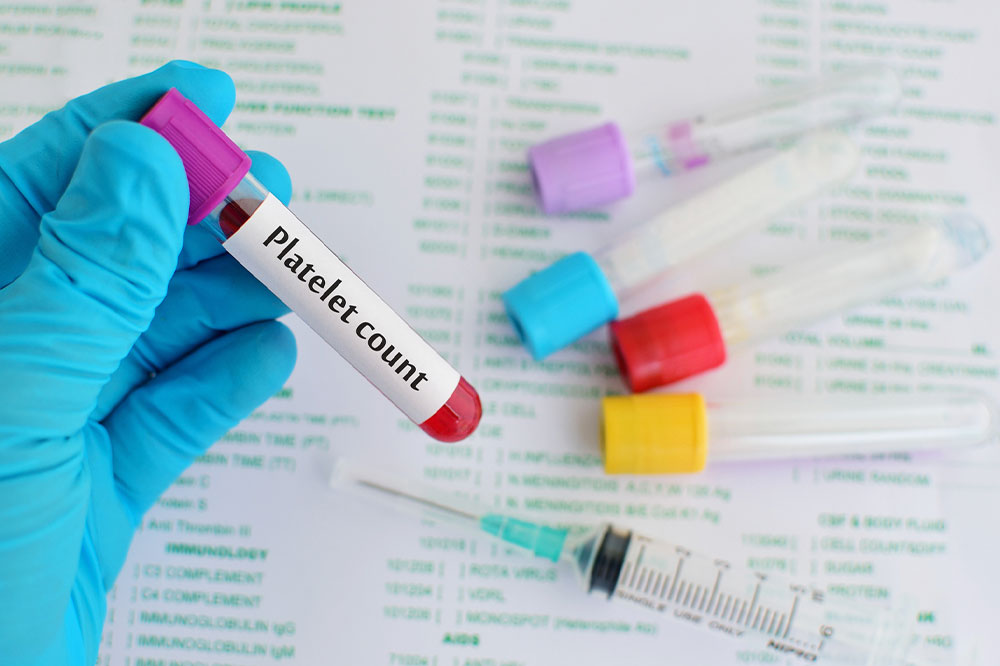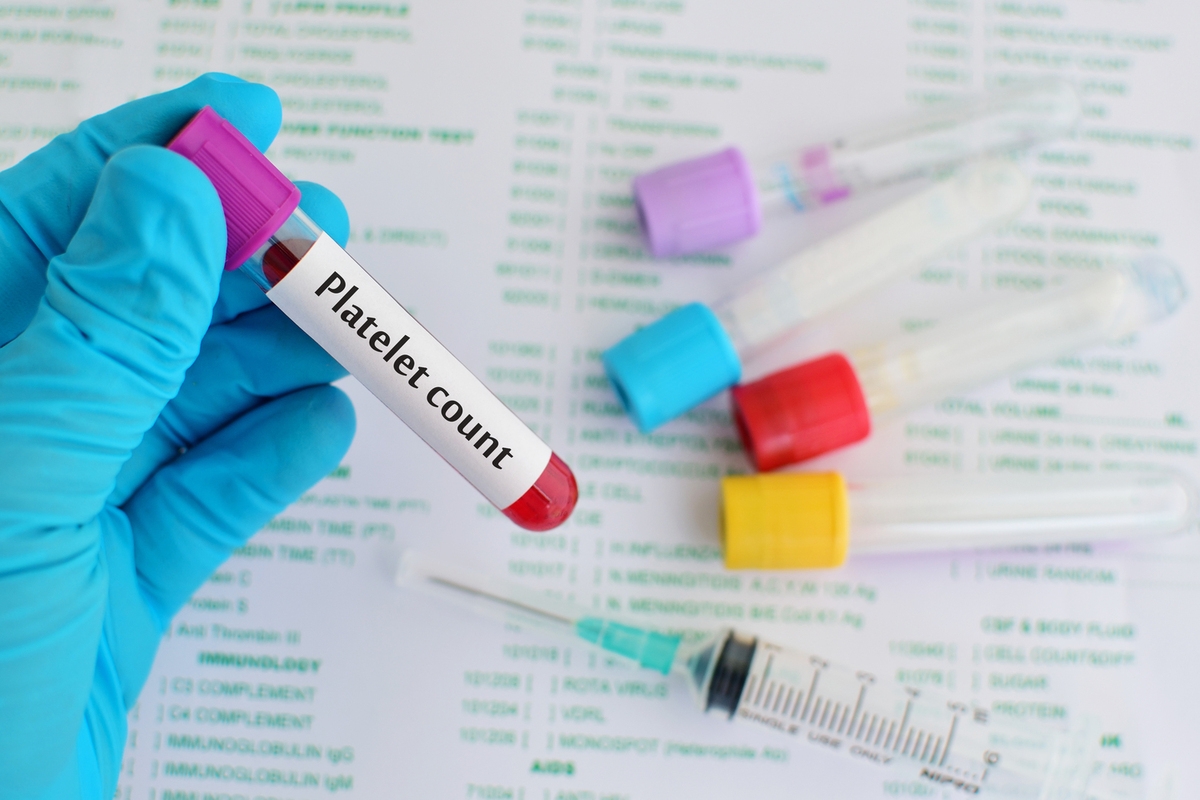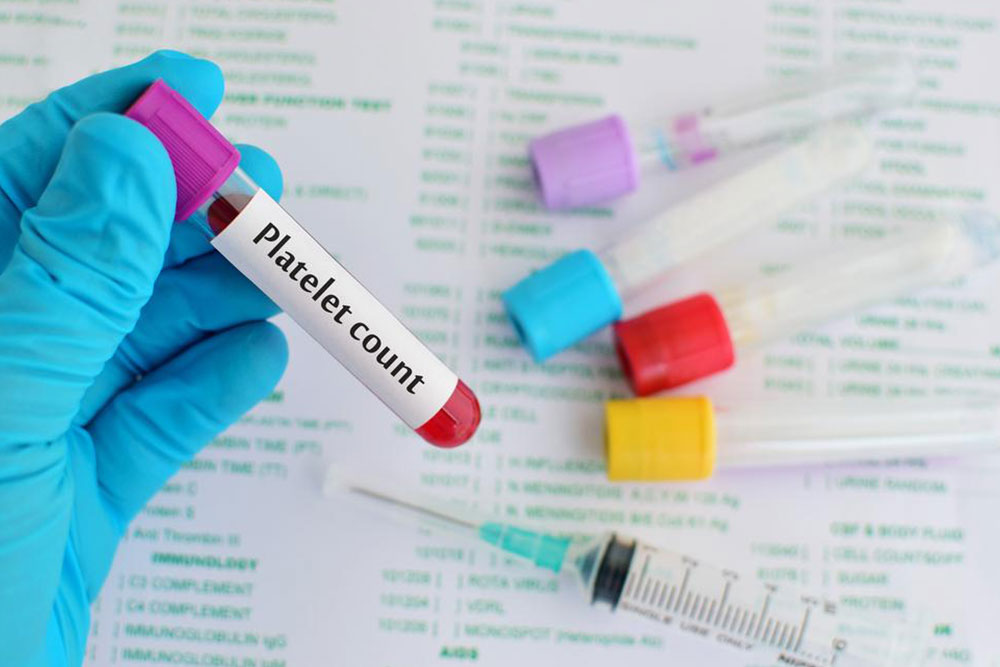Comprehensive Approaches to Managing Low Blood Platelet Levels
This article explores effective strategies for managing low blood platelet levels, including causes, medical treatments, and lifestyle modifications. It emphasizes personalized care based on the severity of thrombocytopenia, such as medication, transfusions, or surgical options. Practical tips on diet and activity help prevent complications, while understanding underlying causes aids in targeted therapy. Read on for comprehensive insights into maintaining healthy platelet counts and reducing bleeding risks.

Strategies for Addressing Low Blood Platelet Counts
Thrombocytopenia, or low platelet count, is a blood disorder where the number of platelets drops below normal levels. Platelets are vital for blood clotting and tissue repair, with a typical range of 150,000 to 450,000 per microliter of blood. Counts below 150,000 indicate low levels, which can lead to increased bleeding risk. Severity varies, with very low counts (<5,000) potentially causing dangerous bleeding episodes that require prompt treatment.
Effective management of low platelet levels depends on the underlying cause and severity. Platelets have an average lifespan of 8-9 days, replaced by the bone marrow. Disruptions in production or increased destruction lead to thrombocytopenia. Causes include:
Spleen enlargement: Excessive spleen activity traps platelets, reducing circulating levels.
Infections: Viral infections like hepatitis or HIV can cause temporary or long-term decreases in platelets. Bacterial illnesses and malaria may also contribute.
Medication effects: Certain drugs, including antibiotics and painkillers, may induce low platelet counts.
Alcohol intake: Heavy drinking suppresses platelet production, leading to mild or moderate thrombocytopenia.
Pregnancy: Gestational thrombocytopenia affects about 5% of pregnant women but resolves post-delivery.
Health conditions: Diseases like leukemia or lymphoma impair bone marrow function, reducing platelet synthesis. Chemotherapy may also have similar effects.
Autoimmune disorders: In immune thrombocytopenic purpura (ITP), antibodies attack platelets, causing decreased counts.
Managing Low Platelet Count
Treatment depends on symptoms and severity. Mild cases with no symptoms may not require intervention. Severe thrombocytopenia necessitates medical treatment.
Medical options include:
Treating the root cause: Monitoring and addressing factors such as stopping medications like blood thinners in heparin-induced cases.
Platelet transfusions: For significant bleeding or dangerously low counts, transfusions of platelets or blood may be administered.
Surgical intervention: Removing the spleen (splenectomy) can restore platelet levels in resistant cases, with over half of patients showing improvement post-surgery.
Medications: Drugs that stimulate platelet production are prescribed when autoimmune causes are involved.
Home and Lifestyle Tips
Avoid activities prone to injury
Limit alcohol consumption
Be cautious with over-the-counter drugs
Eat foods rich in vitamin B12 and maintain a balanced diet
Avoid contact with toxic chemicals
Adopting proper medical treatment, maintaining healthy habits, and lifestyle adjustments can significantly reduce the risk of low platelet levels and improve overall health.









